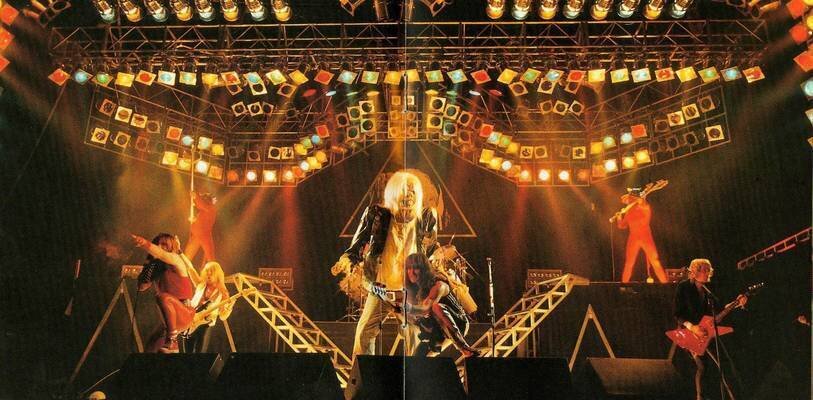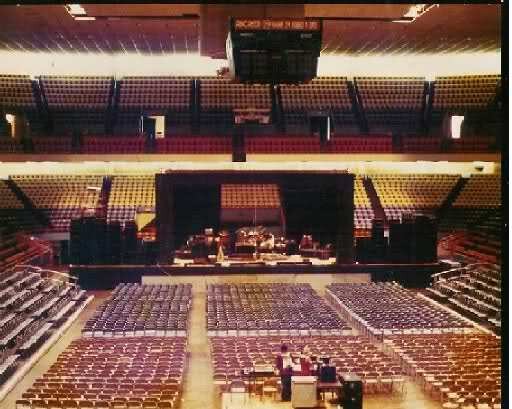thatlightinguy
Member
Hello, Right now I am working on a project for a school show with a limited budget. The show I am working on is basically a giant beauty pagent/ talent show type thing for senior guys. Traditionally this is always a very well done show as its directed by the theatre dept. This show involve a lot of spectacle and as much flashy effects as possible. The concept for this years show is going in the direction of a rock concert feel. As the lighting designer this presents me with the challenge of using primarily conventional fixtures to create a plot capable of spectacle found in a concert. I have a few ideas but was hoping to get some inspiration from some other designers. Our current inventory is as follows:
ETC Element- Console
ETC S4 ERS- 26 deg-20
ETC S4ERS-19deg-4
ETCS4ERS-36 deg-10
ETC S4ERS-50 deg-6
ETC fresnels-14
Altman 6inch fresnels- 6
ETC Junior Zoom- 21
ETC S4 par varying lens- 8
Strand Century Lekos varying degree-10
Apollo Color Scroller- 12
Gam FX loops-1(rain pattern)
Gobo Rotator-1
Rosco- I cue- 1
Altman Spectra cyc 100-6
L&E mini strip- 6
R40 strip-6
two old par 64's that dont work that great
6 2' side arms
7 floor plates
Many breakup/ texture gobos as well as some specials such as a stained glass gobo etc. etc...
Roughly 75 working dimmers
Now I should add that there is a slight possibly we rent some moving lights- if we did I would prlly get a few Auras, and Vl 2500, or maybe studio spots
The stage I am lighting is about 60'by 30' with three overhead electrics with about 17' trim height as well as a FOH postion and SR and SL box boom
I would love and welcome any ideas without the moving gear and with the moving gear! Thanks!
ETC Element- Console
ETC S4 ERS- 26 deg-20
ETC S4ERS-19deg-4
ETCS4ERS-36 deg-10
ETC S4ERS-50 deg-6
ETC fresnels-14
Altman 6inch fresnels- 6
ETC Junior Zoom- 21
ETC S4 par varying lens- 8
Strand Century Lekos varying degree-10
Apollo Color Scroller- 12
Gam FX loops-1(rain pattern)
Gobo Rotator-1
Rosco- I cue- 1
Altman Spectra cyc 100-6
L&E mini strip- 6
R40 strip-6
two old par 64's that dont work that great
6 2' side arms
7 floor plates
Many breakup/ texture gobos as well as some specials such as a stained glass gobo etc. etc...
Roughly 75 working dimmers
Now I should add that there is a slight possibly we rent some moving lights- if we did I would prlly get a few Auras, and Vl 2500, or maybe studio spots
The stage I am lighting is about 60'by 30' with three overhead electrics with about 17' trim height as well as a FOH postion and SR and SL box boom
I would love and welcome any ideas without the moving gear and with the moving gear! Thanks!





